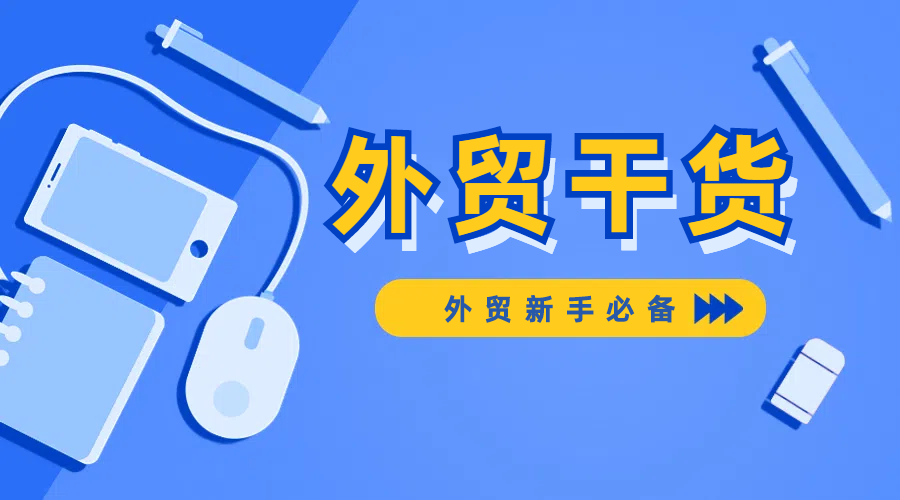 400-076-6558智领未来,外贸超级营销员
400-076-6558智领未来,外贸超级营销员
 400-076-6558智领未来,外贸超级营销员
400-076-6558智领未来,外贸超级营销员

In the dynamic landscape of international trade, the off-season often brings unexpected challenges, with global buyers tightening procurement. However, businesses that proactively adapt their strategies can unlock remarkable opportunities for counter-cyclical growth. Understanding market trends, accurately profiling core buyer segments, and optimizing product information are pivotal steps toward achieving consistent order increases during traditionally slow periods.
Global trade data from the past five years indicates a recurring pattern where certain sectors experience a 15-25% dip in procurement volume during typical off-season months. Yet, embedded within these slowdowns are pockets of demand—from emerging markets to new product categories—that remain resilient or even expand.
Targeted analysis reveals that buyers increasingly shift focus to niche suppliers offering enhanced customization and value-adds. Forward-looking exporters adopt an advanced stocking strategy, ensuring inventory readiness to fulfill these emergent needs without the usual lead-time delays. This agility often translates into a 12-18% uplift in off-season orders compared to competitors who rely on reactive supply management.

Core decision-makers in global procurement prioritize reliability, communication efficiency, and product-quality assurance. By leveraging CRM data and market intelligence, exporters can segment customers by industry, purchase frequency, and decision-making criteria. For instance, importers in the electronics and textile sectors show a 20% higher readiness for pre-season bulk purchasing when approached with tailored value propositions.
Developing a client profile matrix that encapsulates buying motivations, pain points, and preferred communication channels empowers sales teams to engage prospects proactively. This precision reduces follow-up cycles by an average of 30%, significantly accelerating conversion rates.
Compelling product listings are critical in capturing buyer interest. Exporters enhancing descriptions with clearly articulated benefits and direct responses to common industry challenges report up to a 40% increase in click-through rates. Emphasizing compliance certifications, durability metrics, and case-specific applications addresses buyers’ key concerns.
The digital transformation continues to reshape global trade outreach. Exporters capitalizing on cost-effective channels—such as LinkedIn, industry-specific forums, and search engine optimization—achieve amplified visibility beyond traditional paid mediums.
Case data from mid-sized B2B exporters shows deploying a multi-platform digital presence reduces customer acquisition costs by 22%, with social media campaigns driving 18% of off-season lead generation. Key tactics include publishing educational content, participating in interactive Q&A sessions, and consistently updating product portfolios online to maintain buyer interest.
.png)
Effective customer engagement does not end at order receipt; it demands a systematic follow-up approach ensuring satisfaction and encouraging repeat business. Automated CRM workflows supplemented by personalized communication increase customer retention by approximately 25% during slow periods.
Strong relationship-building fosters buyer confidence, turning transactional buyers into strategic partners. Tailored after-sales support, timely updates on product improvements, and responsive service protocols reinforce reliability—a core buyer expectation.
A leading textile exporter implemented an off-season stockpiling and marketing strategy targeting Southeast Asian buyers. By integrating customer profiling and enhanced product listings through multiple digital channels, the company boosted their off-season orders by 17% within a single quarter. Follow-up automation improved client communication efficiency leading to a 30% faster sales cycle completion.
This case exemplifies how structured preparation and precision marketing can shift off-season from downtime to a period of strategic growth.
Interactive content—such as polls, webinars, and live Q&A sessions—stimulates buyer engagement and nurtures trust. Diversifying formats (videos, infographics, blogs) addresses varying preferences and enhances content shareability across platforms.
Encouraging buyers to voice their challenges creates a loop of valuable feedback that can be swiftly incorporated into product refinement and service adjustments, driving continuous improvement.
.png?x-oss-process=image/resize,h_100,m_lfit/format,webp)
.png?x-oss-process=image/resize,h_100,m_lfit/format,webp)

.png?x-oss-process=image/resize,h_100,m_lfit/format,webp)
.png?x-oss-process=image/resize,h_100,m_lfit/format,webp)
.png?x-oss-process=image/resize,h_100,m_lfit/format,webp)
.png?x-oss-process=image/resize,h_100,m_lfit/format,webp)
